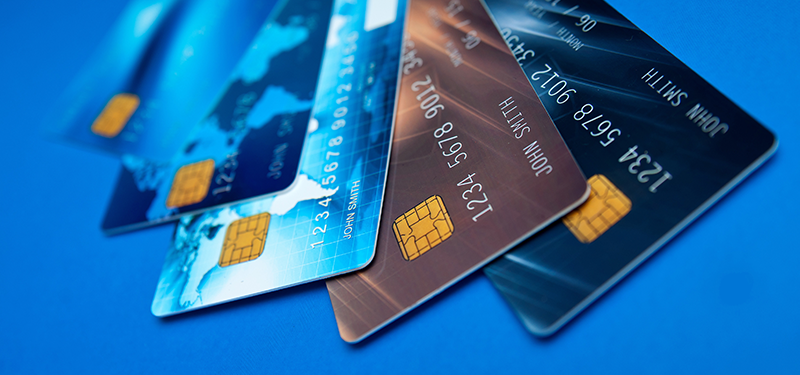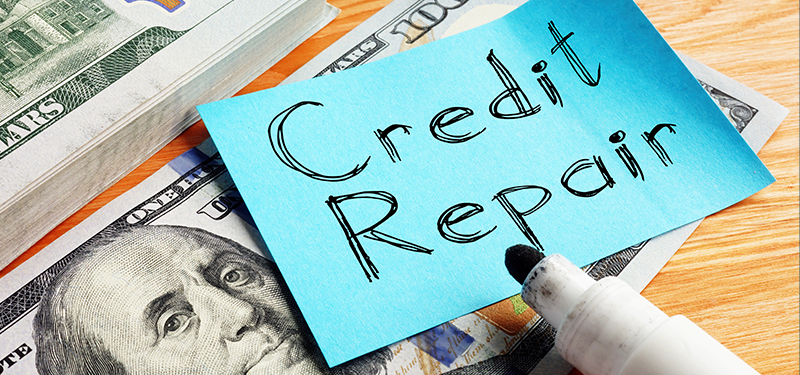Credit Card Surfing

You can save hundreds, if not thousands of dollars a year by actively transferring your credit card balances from high-interest cards to low-interest cards. If you have a decent credit rating, it’s easy to do—just open an account with one of the many banks offering long-term low-interest credit cards, and let them transfer your balances from your old, high-interest card to the new, lower rate card. It's called credit-card surfing. Here are some options to keep in mind when considering this.
Passive Credit Card Surfing: By shifting balances from high-interest cards to those with permanently low interest rates (usually about 8% or 9%) you only have to surf once. Consolidate all of your outstanding balances on the lowest-rate card account that you can qualify for. Keep in mind this is good financial sense, but not necessarily good for your credit score.
Active Credit Card Surfing: If you're willing to spend a little more effort and time at the game in order to save even more money, you can actively switch your balances every six months to a year. If you have good credit, you're probably swamped with "teaser" offers of 5.9% or 0% rates for the next six to twelve months if you transfer your balances. The banks, of course, hope that you forget about your time period and eventually get your rate shot up to 18%. DO NOT FORGET. Simply shift your balance to the next 5.9% offer for the next six months, or call up your bank and threaten to do so. Many times, the bank will just extend your teaser rate for another six months, especially if you transfer from another bank. They may even waive your annual fee. If you’re not getting these “teaser” offers right now you should contact The Credit People for a consultation about your credit rating. Go here to do this.
Active switching between low-rate cards does NOT harm your credit record—not paying your bills on time does.
Maximizing Your Grace Period: You can make the smartest use of credit by maximizing the time between purchasing a product and when you actually have to pay for it. Most banks will gladly shift the time during the month when they send you your bill. Say you have three credit cards. Have each of the three companies bill you at a different time during the month. One should bill you on the 5th of the month, another on the 15th, and the third on the 25th. Put little stickers on each card to remind you when they will be billing you each month. Whenever you charge something, use the card where the bill was most recently sent out. For example, if you want to charge something on the 16th of March, use the credit card that sent the bill out on the 15th. You will be billed for the merchandise on April 15th and have until mid-May to pay your bill. By maximizing your grace period, your money is working for you earning interest in the bank for a longer period of time.





